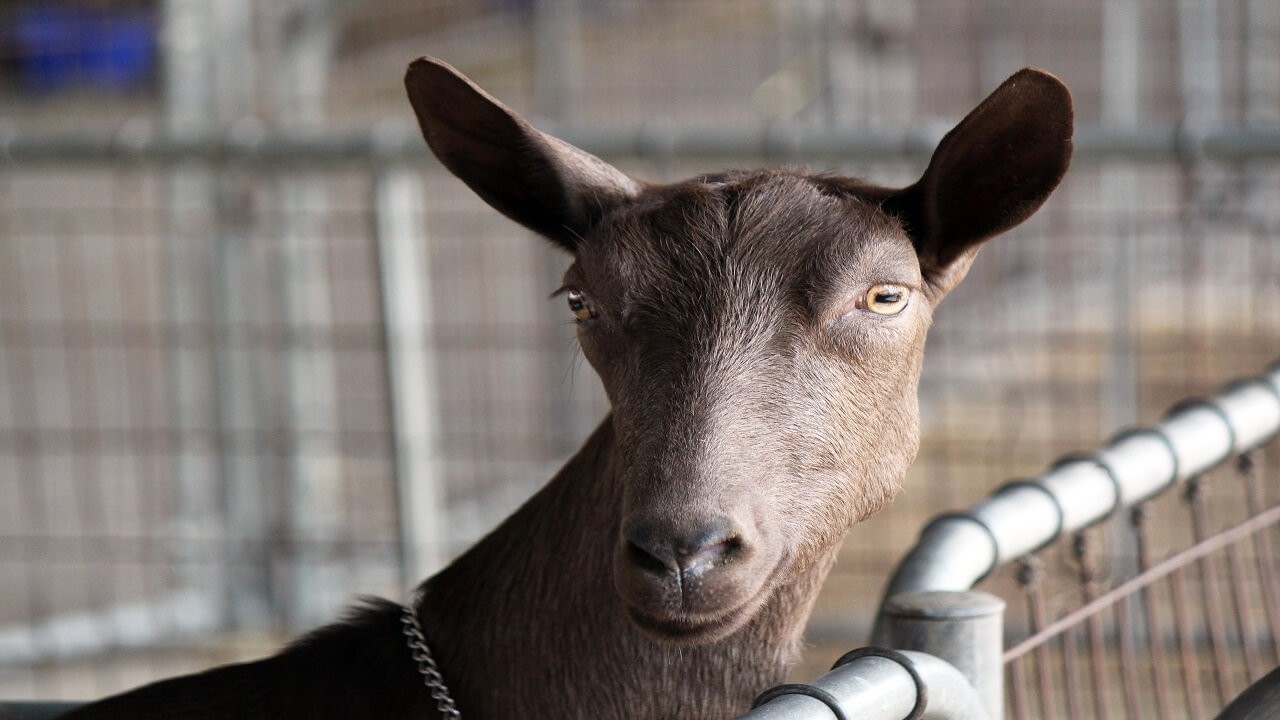
Rasing Goats for Milk Production
May 20, 2019, 1:12 pm
Goat milk is obtained from lactating female goat animals and it is produced from their mammary glands.
The number of mammary glands vary from one farm animal to another, the cow has four, sheep and goat have two while the pig has ten or more.
Rasing Goats for Milk Production
The process by which milk is formed is known as Lactogenesis. Hormones are responsible for the production of milk. Some of these hormones are:
- Progesterone: stimulates the growth in size of milk chambers
- Oestrogen: stimulates the milk duct
- Prolactin: stimulates the growth of alveoli
- Oxytocin: helps squeeze milk produced to the duct system, also helps growth of udder, teat and alveolar before birth
- Follicle stimulating hormone
- Luteinizing hormone
The mammary gland is known collectively as the udder. Colostrum is the first milk secreted by the mammary gland after parturition (giving birth). It contains essential nutrients as well as antibodies to protect the new born offspring against disease.
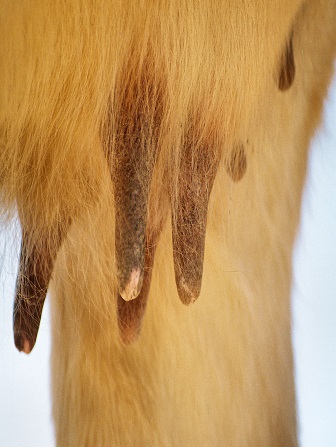
Milk is an important dietary need for the young, the invalid as well as the old. Milk has pH 6.4 to 6.8. Milk supplies energy (lactose), milk fat and protein. Milk of cow is the most widely accepted and distributed of all the milk produced by mammals.
Goat Milk
Milk from goat is more nutritious and believed to be medicinal too. It is tolerated by people who are allergic to cow milk. It is also easily digestible.
Types of Goat Milk
Whole milk has 3.25% fat (low fat milk has 1% fat). Skim milk also (non-fat milk) has 0.05% fat. Cream milk has 12.55g fat per 100g. Low fat milk has 1.00% fat. Fat skimmed milk (non-fat milk) has 0.05% fat. Fat cream milk has 12.55% fat. After processing, milk is packaged and sold. The composition of milk varies with different farm animal has the table below shows:
| Farm Animal | Water (%) | Fat (%) | Lactose (%) | Protein (%) | Ash (%) |
| Cow | 87.5 | 3.3 | 4.6 | 3.5 | 0.90 |
| Sheep | 83.0 | 6.5 | 4.3 | 5.8 | 0.40 |
| Goat | 87.0 | 4.5 | 4.3 | 3.8 | 0.40 |
| Pig | 83.0 | 6.5 | 4.0 | 6.0 | 0.50 |
Milk from cow is very important to humans. In dairy breed of cattle, a lactating period of about nine months usually follows parturition. In order to produce a calf every twelve months, a cow must be served or inseminated 85 days after calving although some farmers serve their cows 40 to 60 days after calving. Goat milk, though not as popular as milk from cow, is also very important to humans because of its medicinal qualities.
Goat Milking
Objectives for effective and efficient goat milking are:
- Produce high quality milk free from dirt
- Remove all the milk that is reasonably obtainable after normal milk let-down
- Avoid injuring the dam
- Prevent transfer of pathogens from infected dam
- Achieve milking performance that is economical in terms of labour, equipment and other costs
Goat Milking Procedure
- Let the goat be calm and avoid agitating her i.e. let her be in an environment that is not strange to her
- Wipe the udder with appropriate cloth dipped in warm water containing sanitizer—the warm solution will trigger oxytocin which promotes milk let-down
- Remove 1 or 2 streams of milk and observe the milk and goat’s disposition
- Dip the teats in effective sanitizing solution after milking
Methods of Goat Milking
- By hand: This is done by squeezing gently on the goat’s teats using the thumb and the fore finger. Goat should be restrained after which the udder is cleaned and sanitized before milking commences.
- Milking machine: This mimics the sucking kid by creating a pulsating vacuum around the teat causing the milk to be released from the udder. The milking machine consists of a pump to remove air from the vacuum pipe, a vacuum regulator, for regulating the amount of vacuum and a tank for collecting milk that comes from the teat cups during milking.
Factors Affecting Goat Milk Yield
- Physiological state of the animal: A goat on heat will let-down milk for a day. Pregnant goats tend to yield less milk. Also, yield of milk drops as lactation advances
- Age of animal: A mature goat yields more than a young goat
- Health of the animal: A sick goat produces less milk e.g. a goat having mastitis (an infection of the udder)
- Disease: A mastitic goat will produce less milk
- Nutritional status of the animal: Quality and quantity of feed determine the amount of milk to be produced
- Breed of animal: Exotic goat breeds tend to yield more milk than local breeds
- Excitement: An excited goat will cause incomplete milk removal from the udder.
Processing of Goat Milk
There are numerous reports of disease outbreaks associated with consumption of raw milk. The most common organisms are the Salmonella spp. Pasteurization is highly effective in destroying most pathogenic (disease-causing) vegetative organisms. Although food poisoning from consumption of pasteurized milk contaminated with Salmonella spp, Brucella spp, Escherichia coil sometimes happen, they usually occur as a result of post pasteurization contaminations.
Sources of Contamination in Goat Milk
Milk from healthy cows, goat and sheep under hygienic conditions contain relatively fewer micro-organisms. Goat milk is vulnerable to contamination and sources of contamination are as follows:
- Udder: State of the udder determines level of contamination. Udder should not always be wet and should not be exposed to:
- Mud and other sticky dirts
- Bedding material
- Feedstuff
- Air effluents from industries
- Dirt from pipelines, tanks, valves and the filling machine
- Packaging materials
- Cleaning and washing equipment provide direct means of entry of microbes into milk
- Milk handling: proper procedure for milking to be followed. The handler must be neat and clean
Examples of harmful contaminants in goat milk are stones, pathogens, urine, dirt from tools, droplets from sick animals or handlers, excreta, body hair, straw, hay, silage, insects, cobwebs, dusts, chemicals etc.
Toxic chemicals present in the animal body may be shed into the milk resulting in hazard to public health. Effluents from industries also cause contamination of milk making it unhygienic for consumption.
Measures to Reduce Contamination in Goat Milk
- Cleaning and sanitation of:
- Udder and the teats
- Surrounding udder
- Utensils
- Milking equipment
- Cooling milk after storage: Rapid cooling is essential especially to 2°C; shelf life of Ultra High Temperature (UHT) milk is longer when processed from raw milk stored at 2°C
- Addition of carbon dioxide to milk enhances production of bicarbonate which has anti- microbial activities
- Application of bio-preservatives: addition of hydrogen peroxide produces anti-microbial substances
- Pasteurisation thermal treatments/heat treatment
- High pressure treatment, centrifugation and micro-filtration
- Sterilization of milk
Precautions to Take to Produce Clean Goat Milk
- Thorough cleaning of goats before milking
- Provide goats with ration they prefer during milking
- Fore milk must be tested with test cup
- Handle milking with care and the milker should also concentrate while goat being milked should be handled with care
- No distraction during milking e.g. smoking, eating or talking during milking
- Milk goats in a clean environment
- Observe hygienic or sanitary rules during milking
- Handle milk carefully
Pasteurization
This is a process of heating a food, which is usually a liquid e.g. milk, to a specific temperature for a specific length of time. Pasteurization was developed by Louis Pasteur in 1864.
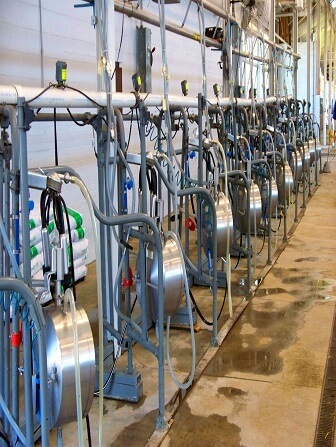
Sterilization kills all micro-organisms in the food while pasteurization is done to reduce the number of microorganisms. Drinking raw goat milk i.e. milk not pasteurized or sterilised causes health risks and therefore should be avoided.
Importance of Goat Milk Pasteurization
- It is aimed at reducing the number of viable micro-organisms e.g. Brucella, salmonella, listeria, campylobacter, Escherichia coli, mycobacteria bovis etc.
- This process slows spoilage caused by microbial growth in the milk
- Pasteurization improves consumer safety
- It also improves the quality
- It improves shelf life of foods i.e. milk stores for a longer period
Quality of pasteurized goat milk depends on
- Raw milk quality: if milk has spore-forming bacteria which 70°C, final milk will be bad
- Processing conditions: temperature and holding time must be maintained
- Storage temperature: the lower the storage temperature, the better will be the keeping quality
pH or Acidity of Goat Milk
Goat milk pH is between 6.6 and 6.7 but can fall during heat treatment and rise again when cooled.
Goat Milk Products
1. Butter: This is essentially the fat of the goat milk. It is made by churning cream until the fats separate from the liquid
2. Ice cream: This is made from whole goat milk. Sugar, flavour are added and iced
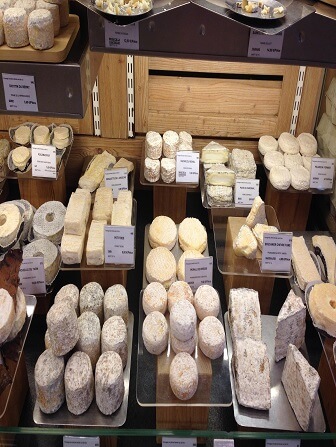
3. Yoghurt: This is curdled goat milk. It is made by adding acid-forming bacteria in a commercial production but on small scale, yoghurt is obtained by heating fresh milk and keeping it at about 100°C. If kept for a few hours, it will naturally turn yoghurt as there bacteria already in the raw milk
4. Cheese: It is also a product from goat milk. 10kg milk gives about 1 kg of cheese
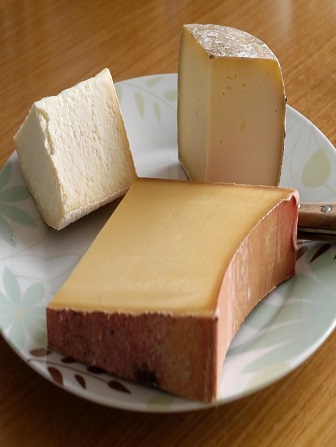
Cheese making by manual method
- Take 2 cups of fresh goat milk and leave at room temperature for 24 hours. It will curdle like yoghurt (this is the starter culture)
- Warm 10 litres of milk to 30°C and blend the starter culture with it. Leave overnight at a temperature of 10-16°C. The mixture will form lactic acid.
- Cut the curd to small squares and stir by hand. The curds (solids) and whey (liquid) are then slowly warmed to 39°C until the curd can hold the shape
- A muslin cloth or cheese cloth is used to separate the curd from the whey
- The curd is shaped and pressed overnight. It is then left to dry for a few days
- The cheese is sealed in paraffin wax and left to cure at 4-16°C for about 6 weeks. Some cheese require up to 3-5 months to cure.
Local Cheese (Wara)
The local Nigerian curd—Wara is made by heating raw milk with a coagulant. The coagulant that the Fulani nomads use is obtained from the leaf of Sodom apple (Calotropis procera), ‘Bomubomu’ (Yor), ‘Tumfatiya or bam bam bele (Hausa). The coagulant will separate the curd from the whey. Wara is preserved by keeping in water for one or two days or by frying or boiling or refrigeration.
Powdered Goat Milk
It is made from fresh, pasteurized skim goat milk (non-fat)
- The milk is concentrated in an evaporator until 50% of solid remains
- Concentrated milk is sprayed into a heated chamber where water evaporates instantly leaving behind tiny dry milk particles



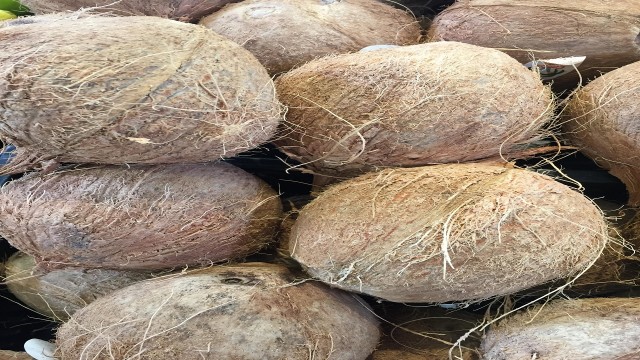

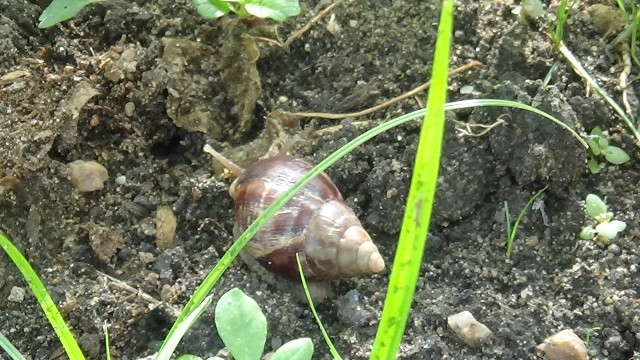



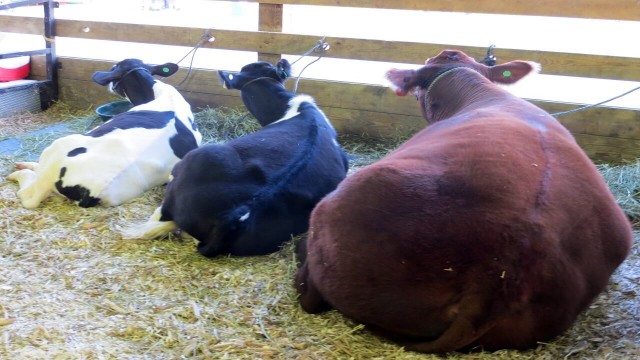


Share This Article: